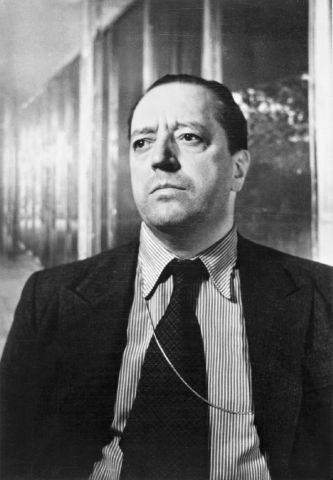
Ludwig Mies van der Rohe: The Innovator of Modern Architecture
Share
Ludwig Mies van der Rohe, unquestionably one of the most influential architects of the 20th century, has left an indelible mark on the world of modern architecture. Through a bold vision and a minimalist approach, he redefined the concept of architectural spaces, creating elegance through simplicity. This article aims to explore the role of Mies van der Rohe in architecture, his iconic works, his life, and the lasting legacy that continues to influence the realms of art and design.
Mies van der Rohe, celebrated for his famous dictum "Less is more," was a true pioneer of modern architecture. His approach focused on the reduction of superfluous elements, the skillful use of innovative materials like glass, steel, and reinforced concrete, and the creation of open and fluid spaces. His philosophy profoundly impacted architectural design, influencing generations of subsequent architects.
Born on March 27, 1886, in Aachen, Germany, Mies van der Rohe received a traditional education in craftsmanship and architecture during his youth. He collaborated with important architects of his time, such as Peter Behrens, a supporter of the modern movement. However, it was in the 1920s that his career took off when he assumed the directorship of the Bauhaus School of Design in Dessau, Germany. Here, he sought to integrate art, design, and architecture, creating a unique synergy among these disciplines.
Among his most iconic works stands the Pavilion Ludwig Mies van der Rohe, built for the 1929 International Exposition in Barcelona, Spain. This extraordinary building is a true embodiment of his distinctive aesthetic, with a steel and glass structure that appears to blend seamlessly with the surrounding environment. Mies van der Rohe's architectural approach has left a lasting legacy, evident in contemporary architectural projects that embrace simplicity, transparency, and harmony with the surroundings.
Within Mies van der Rohe's extensive repertoire, his influence in interior design and furniture is equally remarkable. The same bold vision and minimalist approach that redefined architectural spaces are reflected in his design creations. The Barcelona Chair, conceived in 1929 as part of the German Pavilion's furnishings at the Universal Exposition in Barcelona, represents a harmonious balance between form and function. The chromed steel structure, with its fluid and modern lines, melds perfectly with the leather cushions, creating a functional piece of great beauty.
In harmony with the chair, the Barcelona Table distinguishes itself with its chromed steel X-shaped base and tempered glass top. Completing the collection, the Barcelona Ottoman shares the same refined aesthetic.
Ludwig Mies van der Rohe's design works are a natural extension of his architectural achievements, embodying the same philosophy of minimalism and sophistication. These iconic pieces have left an indelible mark in the realm of interior design, and their influence continues to be evident in contemporary stylistic choices. This is a testament to Mies van der Rohe's ability to create timeless design works that inspire and elevate the spaces in which they are placed.
